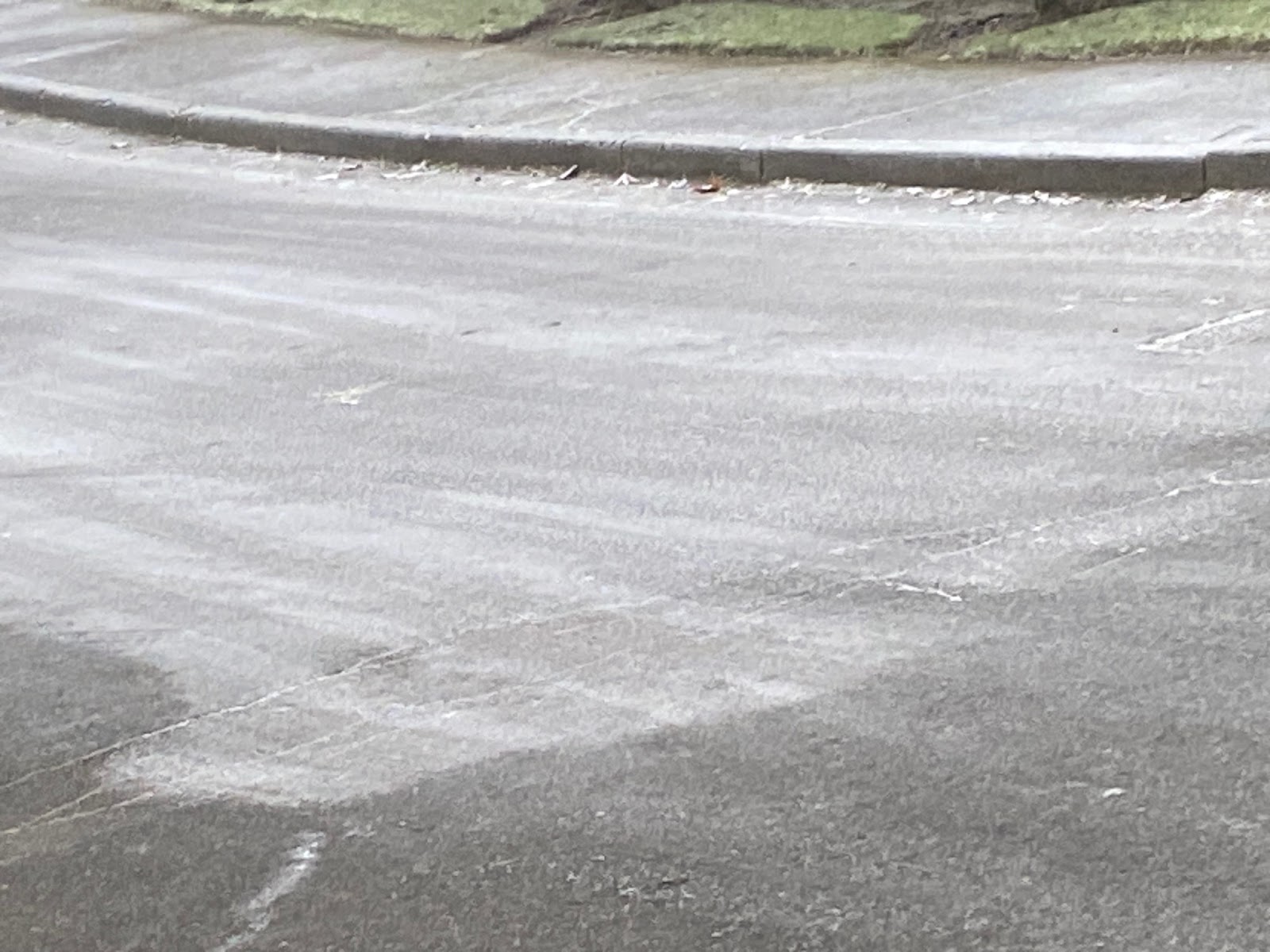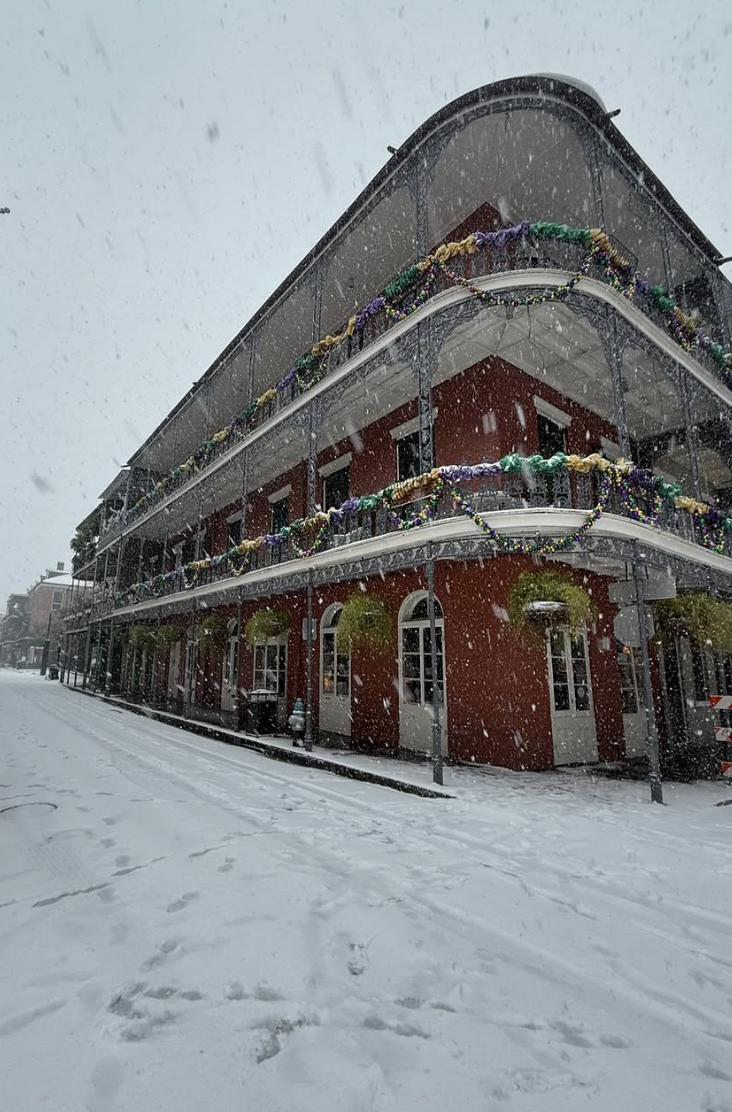We are going into a very complex, difficult weather situation, with substantial uncertainty.
But some things are clear:- There will be heavy snow in the mountains.
- There will be a return of serious precipitation on Friday, starting as rain
- Some areas near sea level will have snow starting on Saturday.
- Very much colder air.....cold enough to snow at low levels...will move in on Saturday and stick around for days.
- The surface and road surfaces have cooled to freezing and will not be warm enough to melt incoming snow.
Step 1: Friday "Warm" Storm
On Friday, a moderate low-pressure center will sweep off the Pacific and move into British Columbia. As shown by the sea level pressure forecast for 1 PM Friday, warmer southwesterly winds will move into the Northwest. Yellows and light green colors (at around 800 meters ASL) are relatively toasty.
But over the Pacific, a STRONG cold front is moving in from the west (blue colors are cold).
The precipitation totals from this system through Saturday at 4 AM will be very significant, with the mountains getting 2-4 inches of precipitation (water equivalent of snow). About a half inch in the lowlands except northeast of the Oympics in the rainshadow.
Mountain snowfall will be substantial, reaching 20-30 inches at higher elevations.
Stage 2: The Cold Air Moves in
Behind the cold front, very cold air will move in.....cold enough to snow at relatively low elevations. Near sea level, the warming by the Pacific will create a shallow layer above freezing.
Consider the temperatures above the surface...in this case about 5000 ft above sea level (850 hPa pressure). When such temperatures drop below approximately -6°C (21 F) meteorologists worry about snow reaching sea level.
Here is the temperature forecast above Seattle at this level from an ensemble of many forecasts. Wow. Cold enough to snow on Saturday!
The European Center forecasts for surface air temperatures at Seattle for the next week show highs only in the mid-30s from Monday onward.
Stage 3: Lowland Snow
The problem for lowland snow lovers will be a lack of precipitation after the low and front move through. Yes, there will be a few rain/snow showers moving through.....so many folks will see a few flakes.
Two local features may produce more localized snow near sea level over the weekend. Below is the accumulated snowfall (NOT SNOW DEPTH WHICH IS MUCH LESS) through Monday morning at 4 AM.
One snow "hot spot" is in a Puget Sound Convergence Zone near Seattle and the other is related to the outflow of cold air from the Fraser River Valley (near Bellingham to Vancouver BC). I have put arrows indicating these regions.
Northeast Washington also gets some snow. Not much around Portland.
As I noted above, we don't have the protection of warm ground, as in November and December.
The snow risk is not over on Monday....but that threat will await another blow.....I have to teach a class now!

































%20(1).gif)


















.gif)







